Knowing how to write great calls to action is an incredible business asset. CTAs are an essential part of any landing page, newsletter sign-up form, or other online-marketing measures.
Many experiments show that optimizing calls to action can have great influence on a site’s conversion and bounce rates. Yet, many website owners and marketers don’t spend enough time or effort doing so. As a consequence, their sites and marketing campaigns fail to reach their full potential.
To counteract this, in this post you will receive a full-blown education on how to write great calls to action. The post will first provide you with a definition of CTAs and then step-by-step instructions on how to improve yours. The whole thing is rounded off by examples to illustrate each point.
Let’s get started! (This, too, is a CTA, by the way.)
The Elusive Call to Action – A Definition
Before diving into the how-to part of the article, let’s first define calls to action and their main functions on a website.
What is a Call to Action?
In terms of websites and online marketing, the call to action is usually the focus of a web page. Especially in the case of landing pages, all other content is aimed at leading visitors to the CTA and then have them follow through with it.
A call to action is exactly what the name suggests: a prompt to perform a certain task. This can be anything from buying a product to signing up for a newsletter. Calls to action can also appear anywhere on the page — in a sidebar, popup, inside the main content, at the end of a blog post, or in multiple locations at once.
In addition, a call to action can take the shape of a button, link, or image. It may also show up in a completely different medium such as a video or social media messages.
What Does a Call to Action Do?
Whichever format you choose, the goal is always the same: provide your target audience with a concrete, actionable task to perform and prompt them to do so. However, in order for that to happen, the CTA must also fulfill certain functions for your visitors and users:
- Provide information — “Sign up for the free newsletter” and “Buy now” are two very different prompts. A call to action should be explicit in what a click on it does exactly. Being clear about the consequences of the action helps convert the right people and keep the wrong audience at bay.
- Set expectations — Following your CTA should not be met with regret. It shouldn’t be misleading. For example, don’t advertise something free and then ask for money in the next step. Otherwise, you will frustrate your users and lose their trust.
- Address objections — For effective usage of calls to action, it helps tremendously to understand what your clients’ hesitations and objections are. If you know that, you can incorporate counterarguments in your CTA.
Of course, a call to action always works in combination with your sales copy, copywriting, and overall storytelling. No simple sentence can achieve all of the above alone. However, it is the end of that particular funnel, so keep the above prerequisites in mind.
How to Write a Call to Action That Converts
Alright, now that we have covered the theory, let’s talk about how to craft your own CTA. The tips below will help make your action prompts more effective and more likely that they have the desired effect.
1. Start With a Clear Command Verb
Calls to action need to be clear and concise to fulfill their function. You also often don’t have a lot of space for them, as they usually appear on buttons, PPC ads and other small site elements. Therefore, it’s important that you let people know exactly what you want them to do right away.
Depending on your use case this can, for example, be to buy, sign up to or download something. In those cases, make sure to use verbs that exactly describe those actions:
- Shop, Order, Purchase
- Subscribe, Register, Join
- Receive, Get
Stay away from wishy-washy terminology like Click here. Be direct and clear in what you would like your audience members to do and use simple, easy-to-understand words.
Call to Action Examples
- Join Free for a Month
- Send Me the Report Now
- Claim Your Free Trial
- Find out more
2. Appeal to Emotion
Just like in the case of copywriting, language that appeals to emotions is a good way to make CTAs more effective. Most decisions are made emotionally and not rationally. Therefore, if you can hit your visitors in the feels, it makes it more likely they will take action. Therefore, it’s a good idea to get familiar with power words that help you do that.
Again, be sure to keep it simple. Your audience shouldn’t need a dictionary to understand your CTA.
One great emotional motivator is curiosity. You can use this to your advantage by purposely leaving out parts of the information of what users will get on the other side of your CTA. This is a sneaky tactic to increase their desire to click through.
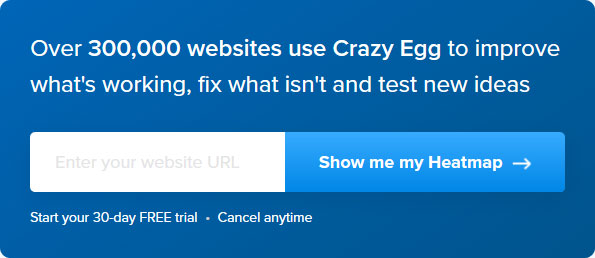
In addition, punctuation is also a way to amplify your CTAs’ emotional appeal, such as with an exclamation mark at the end.
Call to Action Examples
- Book Your Next Adventure
- Discover Your Best Life
- Click here to Find Out How to Protect Your Family
- Stop Feeling Like a Loser Now
3. Include Numbers
The use of numbers is a tried-and-true measure for writing headlines. Post titles like 5 SEO Tactics That No Longer Work and That You Need to Retire are a staple of the blogging and content marketing world. For good reason. They perform exceptionally well.
The same works for calls to action. Here, too, you can use numbers to make them more persuasive. In this case, it usually makes sense to go for discounts, limited-time offers, and the like. For example, many online shops use the promise of a certain percentage off your first order to lure people on their email lists.
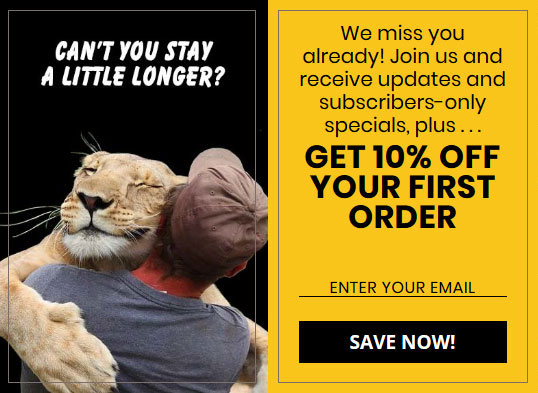
Numbers are also a good way to set expectations and provide information as discussed above. You can’t make any more concrete claims or promises than using numerics.
Call to Action Examples
- Get 10% Off Your First Order
- Take the Free 5-Minute Test
- Start My 30-Day Trial
- Yes, I Want My 20% Discount
4. Clearly, State the Benefits
Studies have shown that people are more likely to take action if they are given a proper reason to. It doesn’t even have to be anything compelling. Just stating any reason at all has been proven to make compliance more likely.
As you can imagine, this works even better if the reason is something that directly benefits your audience. This can be a promise to help them improve their performance, lose weight, save money, or any other basic desire. If any of this waits on the other side of your call to action, why wouldn’t they consider clicking? Therefore, you can tap into your audience’s reward center by including benefits in your CTA.
Note that benefit-driven CTAs are closely connected to your value proposition, unique selling point or the product/service you provide. Therefore, they are a good way to combine those two.
Call to Action Examples
- Start Your Journey Towards a Better Life Today
- Learn How to Lose Weight Now
- Send Me the Success Secrets
- Take Control of Your Financial Future
5. Provide Instant Gratification
One of the best kinds of rewards is to offer something tangible. Not just the promise of immaterial improvements in the future but something your audience can use immediately (after they click your button).
In terms of email marketing, the classic thing to offer is the so-called bribe. This is usually some type of digital content that gives them extra information, often on the topic they are already reading about (i.e content upgrade).
This can be an e-book, checklist, exclusive access, or something else. Offering this type of bonus gives users instant gratification.
If you are selling something, especially a SaaS product, a great persuasion tool is to offer a free trial. This does not mean a pared-down freemium version, mind you. We are talking full access, albeit for a limited time so users can test drive what you have to offer and get hooked.
In addition, a free trial leads users through the entire buying process, allowing you to uncover snags and objections along the way.
Call to Action Examples
- Get the Checklist Instantly
- Yes, I Want the Insider E-book
- Send the Free Assessment Quiz to My Inbox
- Claim the Bonus Video
6. Create Urgency
Tapping into people’s FOMO (fear of missing out) is a great way to get them to take action. It’s another one of those emotional triggers we talked about earlier.
One way to do take advantage of it is to create urgency by pointing out that an offer will expire or that there are only limited quantities of a product available. This is a proven tactic for e-commerce sites that use it for sales or promotions. Knowing that an opportunity might go away pushes people to make a decision quickly and think about it less.
FOMO is also at work in social proof. The thinking that, if everybody does it it must be good or the right thing to do, is something you can use to amplify your CTA and entire site. A concrete example of how you can use this in your calls to action is the problem-agitate-solve formula. It means to identify a problem your audience has, amplify it and then offer a solution.
If done right, it will tap into people’s anxiety, making them more likely to click.
Call to Action Examples
- Join 20,000+ Marketing Insiders
- Get the One-Time Offer Now
- Order Before Midnight Today
- Don’t Miss Out on This Deal
7. Always Be Split Testing
The thing about calls to action is that you will only know how good they really are when confront them with reality. Something that looks good on paper can turn out to be a real dud on the page. Therefore, part of learning how to write great calls to action is to know when to go back to the drawing board.
However, how do you figure out when it’s time for that?
By doing A/B tests. Calls to action are a prime example of a page element destined for split testing. As already mentioned in the beginning, even changing one word can make a big difference. Therefore, test as much as you can and not just the copy but also the colors, placement and other parts of your CTA (for tips, check our button design guidelines). This will also aid you in getting better at writing CTAs.
Plus, don’t be afraid to get a little creative. You never know what is going to work in the end.
Final Thoughts: Calls to Action
Anyone who wants to have a successful website will not get around figuring out how to write great calls to action. CTAs are a central part of online marketing, conversions, and overall website success. Not having a call to action or using them ineffectively is a good way to doom your site to mediocrity.
Above, you have learned a number of ways to improve calls to action on your site. Let’s summarize them once more:
- Start off with a strong command verb
- Use emotional language
- Include numbers where possible
- Use benefit-driven CTAs
- Offer tangible rewards and instant gratification
- Create a sense of urgency
- Test the hell out of your calls to action
By following the advice, you make sure that your CTAs are appealing and have the desired effect. The most important thing, however, is that you keep experimenting and tracking your results. It’s the only way to learn what works and what doesn’t.
Do you have additional tips how to write great calls to action? Questions, comments? Let us know in the comment section below!

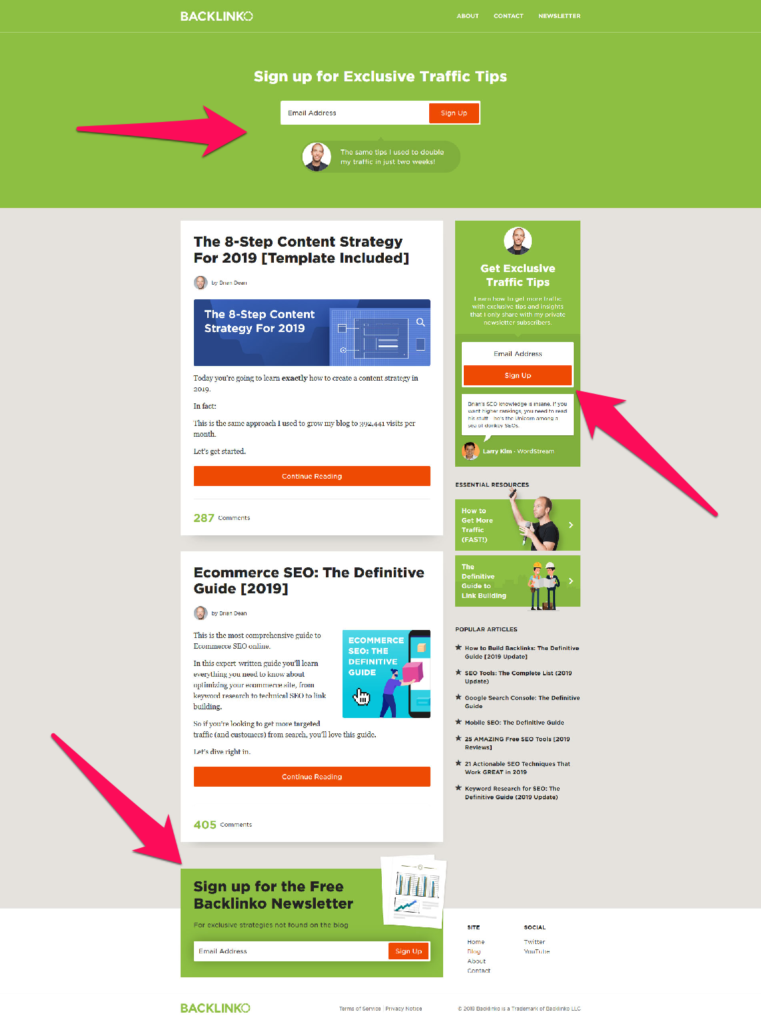
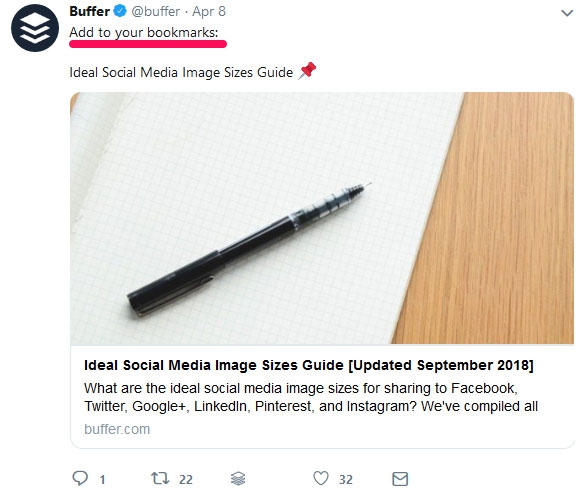
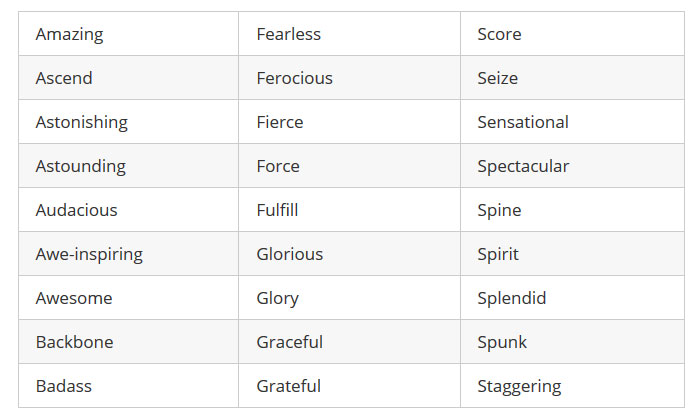
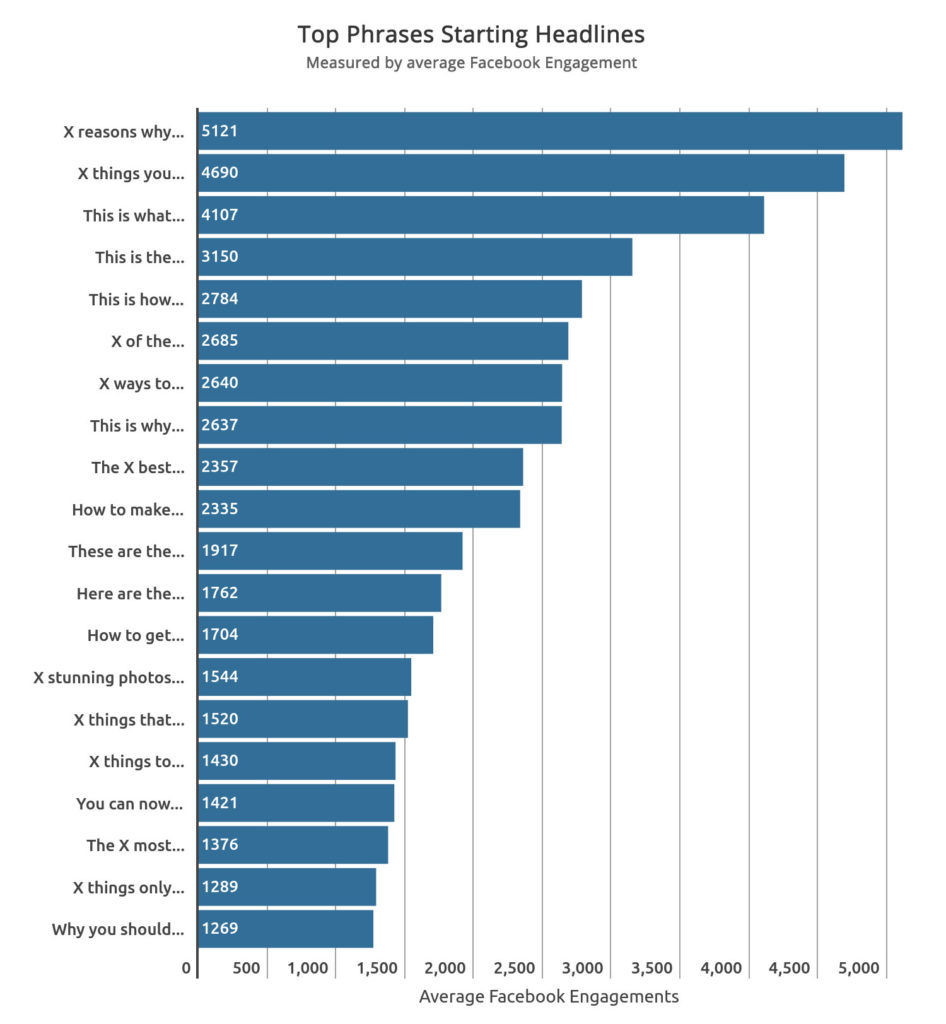
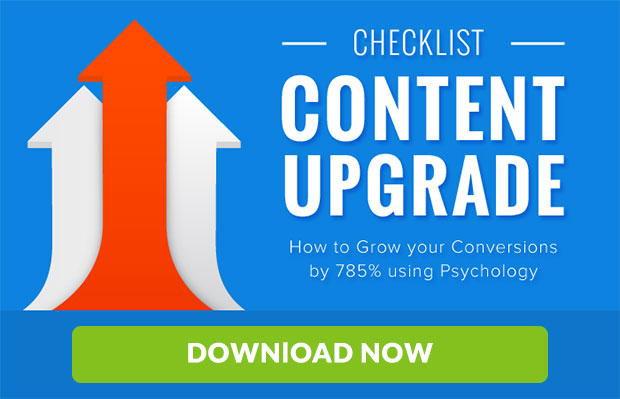
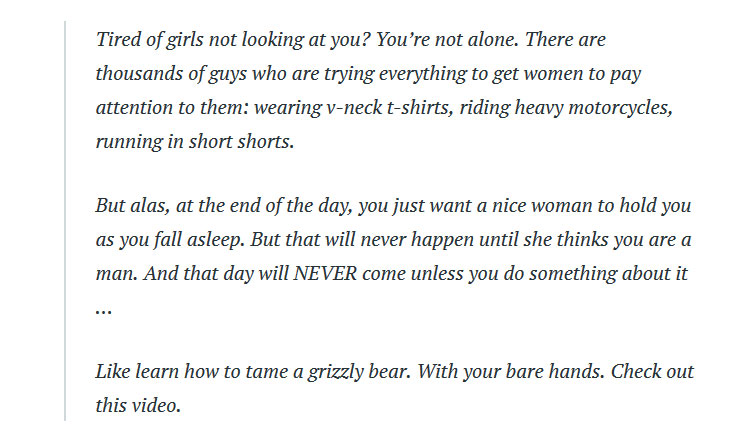
3 Comments